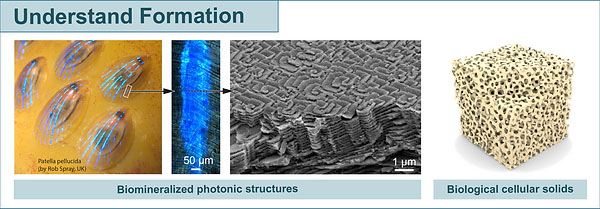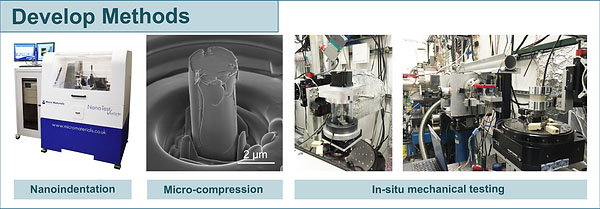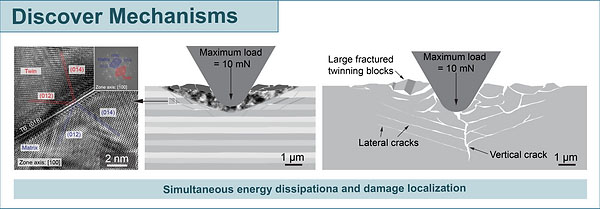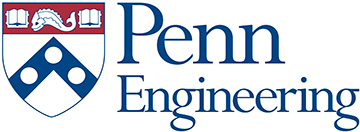We seek inspirations from nature, e.g. transparent armor from transparent seashells, lightweight structural materials from natural cellular materials, multifunctional structural materials from mollusk shells with visual capabilities, etc., for the development of engineering structural material solutions. As summarized below, our research activities comprise in the following aspects: Structures, Formations, Methods, Mechanics, and Materials.
"We Observe, Reason, Discover and Create."

Elucidate Structures and Morphologies
Precise and quantitative description of the biological structural materials is the first yet critical step to understand their formation pathways and functional properties. We particularly concentrate our efforts on developing multi-scale 3D structural characterization methods, such as FIB-SEM nano-tomography, synchrotron-based XTM and micro-CT and quantitative structural analysis algorithms. We also use a number of synthetic systems primarily based on carbonate materials in understanding morphogenesis of complex structures and developing functional materials and structures with precise structural control.

Understand Formation Pathways
Understanding the forces and mechanisms of organisms produce (usually mineralized) structural materials that often exhibit remarkable control in sizes, shapes, crystallography, and positions will provide important insights and guidance for biomimetic synthesis and fabrication. Through in-situ and in-vivo studies on both synthetic and natural mineralization systems, we aim to contribute to the understanding of mineralization processes by focusing on precursor morphology, texture control, and structural morphogenesis.

Develop Mechanical Testing Methods
We utilize and develop multi-scale mechanical testing methods, such as nanoindentation, micro-pillar compression, single building block testing, and synchrotron in-situ mechanical tests. Combined with quantitative structural analysis during and/or after deformation, this approach enables mapping of critical fields and processes associated with the deformation (e.g. strains, stresses, dislocation activities, damage incidents, crack formation and propagation, delamination, etc.) for biological materials with complex 3D internal structures.

Discover Deformation Mechanisms
With our multiscale 3D structural characterization and mechanical testing methods, we establish the structure-property relationship by elucidating the underlying physical mechanisms for damage tolerance and energy dissipation in biological structural materials. Depending on the nature of the model systems (e.g., mineralized vs organic, solid vs porous), micro-processes of interest include inclusion strengthening, deformation twinning, micro-crack initiation and coalescence, crack propagation and deflection, ligament buckling and fracture, etc.

Design Bio-inspired (Multi)functional Materials
We transfer our understanding of biological structural materials to the design and fabrication of novel material systems that have properties superior to those of existing solutions. We are particularly interested in structural materials with multifunctional performance. Ongoing examples include bio-inspired transparent laminated glasses, flexible protection, metal/ceramic nanocomposites, bio-inspired sandwiched steels, self-assembled photonic crystals, etc.
"Scientific principles and laws do not lie on the surface of nature. They are hidden, and must be wrested from nature by an active and elaborate technique of inquiry."
--John Dewey, Reconstruction in Philosophy, 1920









